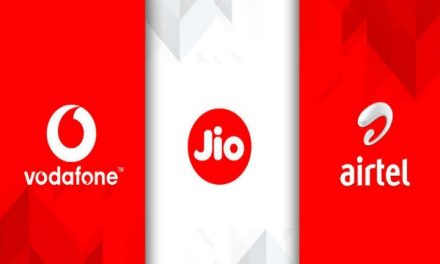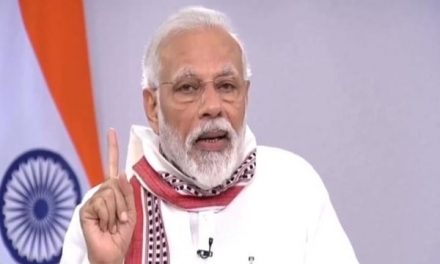India will be celebrating its 75th Independence Day on August 15, 2021, with the usual pride as on this day India got its freedom from British rule.
.
Know the history of India’s Independence
The Indian Independence Bill was introduced in the British House of Commons on July 4, 1947, and passed within a fortnight. It provided for the end of British rule in India on August 15, 1947. After that, India became a free country with the bifurcation of India and Pakistan.
Some of the great freedom fighters who helped in India’s freedom struggle include Mahatma Gandhi, Rani Lakshmi Bai, Bhagat Singh, Mangal Pandey, Chandra Shekhar Azad, Subhas Chandra Bose and many more.
Significance of India’s Independence Day
India’s Independence Day is significant as it stands as a reminder of the sacrifices that many freedom fighters made to get independence from British rule. It is a national holiday and it is usually observed throughout the nation with the hoisting of the tricolour, parades and cultural events. In commemoration of the day, India’s first prime minister, Jawaharlal Nehru raised the Indian national flag above the Lahori Gate of Red Fort in Delhi on August 15, 1947. It is a tradition that has since then been followed by the incumbent Prime Minister, followed by an address to the country.
Independence day 2021: Some facts you should know about the Indian flag
- The Indian national flag was hoisted on Mount Everest on May 29, 1953, along with the Union Jack and the Nepalese National flag
- Bhikaji Rustom Cama was the first Indian who raised the flag on foreign soil
- The flag of India consists of three equal-sized horizontal stripes
- The Indian flag was adopted on July 22, 1947, just before India received independence from Britain on August 15, 1947
- The middle stripe at its centre bears the design of an Ashoka Chakra in navy blue colour with 24 equally spaced spokes
- Saffron colour is the symbol of courage and sacrifice; white is the symbol of truth, peace and purity and green is the symbol of prosperity. The Ashoka Chakra in the middle symbolises righteousness
- During the period of Indian independence, several other designs of Indian flag were used and adopted
- The first Indian flag had religious symbols and eight roses on it with Vande Matram written in the middle. It was hoisted on August 7, 1906 at Parsi Bagan Square in Kolkata
- Second Indian flag had partial modifications. It was hoisted by Bhikaji Cama in Germany
- Bal Gangadhar Tilak used a different type of flag in the year 1917. The flag had the Union Jack on the top left and Crescent on top right corner. It also had seven stars
- In 1921, a new flag which contained colours according to religions came into existence. This flag was designed with the Ashoka Chakra in the centre
- To avoid the spiritual intrusion, a new flag came into existence. It had three colours, saffron, white and green with a chakra in the middle. It was adopted in the year 1931
- Indian National Flag was designed by Pingali Venkayya who was a freedom fighter from Andhra Pradesh
- His design was adopted by Indian National Congress on July 22, 1947.











